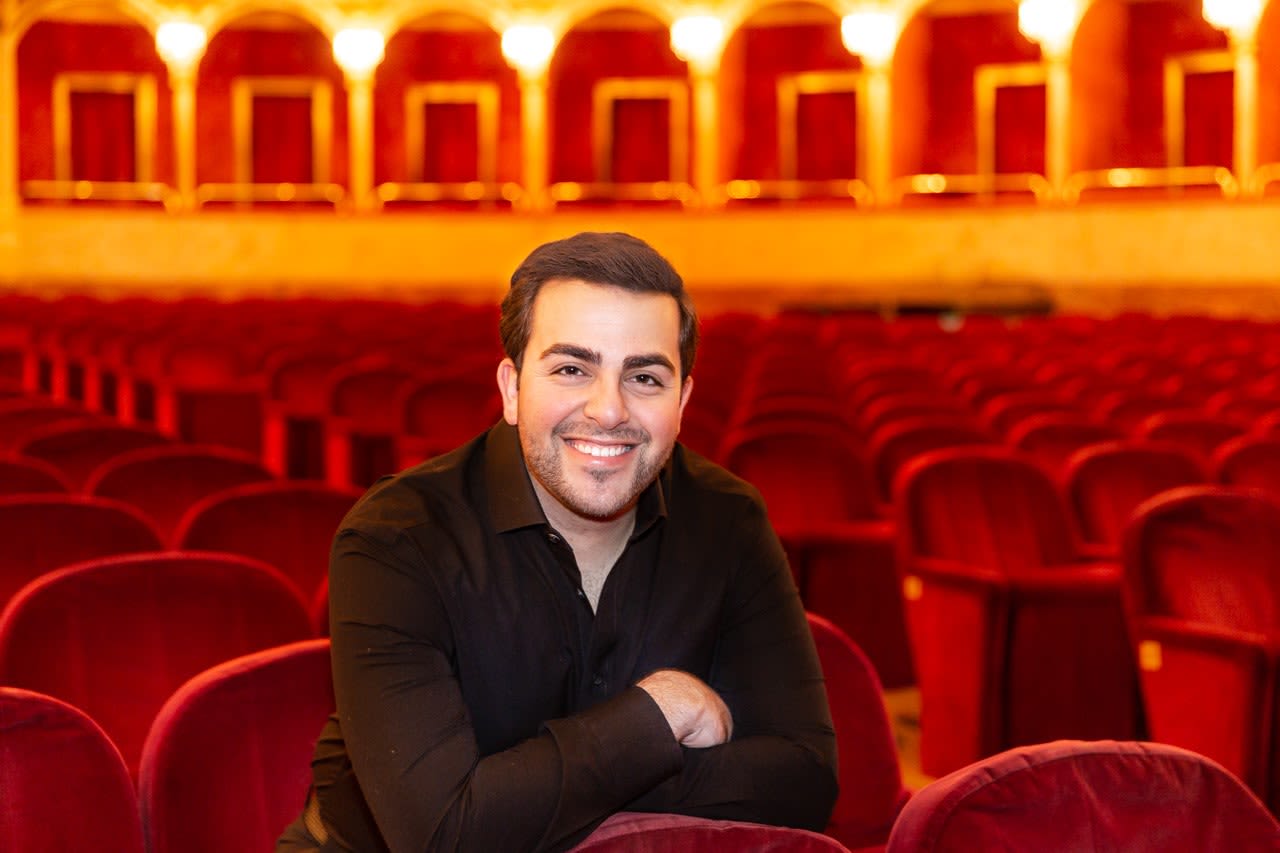Who doesn’t love a good Halloween spook? And what’s spookier than one of the most famous horror movies (and scores) of all time? Alfred Hitchcock’s Psycho with live accompaniment by the LA Opera Orchestra is coming to the Theatre at Ace Hotel for our annual Halloween residency. Louis Lohraseb, one of our Young Artists, will be conducting the ensemble for his 2019/20 season debut.
We got the chance to speak with him about Bernard Hermann’s iconic score and what makes it so damn scary.

What’s so special about this score?
The score itself is very musically interesting, and it manipulates your emotions very, very well. It works within the frame of tonality, so there are sort of boundaries that the music adheres to. It’s not atonal music, but within that, the music itself has so many interesting elements and chords that are unsettling.
What in the composition makes it so unsettling?
It's actually a great piece of music in terms of composition. Hermann uses the minor second or the chromatic half-step, which is a very unsettling interval. If you play them together like in the famous scene with the knife—an E and an E-flat—it makes a very disturbing sound. Or when that first bit of energetic music opens the film, he uses that same motive going back and forth. When the music is slow and [Janet Leigh] is contemplating taking the money, you hear that there as well.
So that famous bit with the knife...
It’s that minor second, that chromatic half-step. The motive of that scene is just that famous half-second of it being played on top of itself to create that stabbing effect; it’s like the music is stabbing you. It’s a very well thought out and well executed piece of music. I think that’s one of the reasons it has endured.
And that’s carried throughout the piece?
It's not only used in that very basic way. You see things displaced by a half-step, even in larger melodic fragments. You see that when a third is arpeggiated and then reiterated immediately a half-step down. So again, it’s that half-step; that minor second. That is really, I think, the crux of what makes this piece so unsettling and so terrifying, and I think that’s the big key to it—it’s a piece that uses certain elements that keep recurring. The audience isn’t always being bombarded with new music. It’s presented in a very classic way, with major ideas that are then reused and recycled through the piece to evoke emotion.
Is that idea of recycling or reusing elements common in scores or compositions?
The idea of bringing back themes we’ve heard to remind us [of a specific scene] is used and was used. I think what separates this is the idea that one motive is expounded upon in a very intelligent and very effective way. So not only do we remember [a particular scene], we can see and hear that everything is interrelated musically. Hermann has done such a wonderful job in really making a score that, in and of itself, is a standalone piece of music.
It’s definitely one of the most iconic scores of all time...
And Hitchcock didn’t even want music at the time of the stabbing. Hermann had to convince him to put music there. And, of course, that’s the most iconic part of the film. Also, it’s important to note what Hermann was able to do within a limited budget. They used a string orchestra because they didn’t want to pay for a full orchestra. The amount of different sounds and sophistication of the orchestration should be noted, because that’s just within the confines of a string ensemble. Hermann creates lots and lots of different moments of exciting music because of his extensive knowledge of string technique, and knowing what strings are meant to do in different orchestral colors.
And what are some things you have to keep in mind when conducting a score like this?
You can't just do what you want, because the film keeps moving on. My job is to make the music as effective and beautiful as possible while staying within the confines of the time. That’s something that I have to be very aware of—that things happen when they're supposed to happen. And of course, that’s how they film these scores. Somebody watches the movie play and certain moments in the music are intended to correspond with certain actions and certain shots in the film. So that’s something I'm going be concentrating on and coordinating live as best as I can. And can I just say, what a luxury it is [for the score] to be played by the LA Opera Orchestra string section. We have some of the best players and it’s a great ensemble in and of itself, so it’s going to be a treat for the audience for sure.








